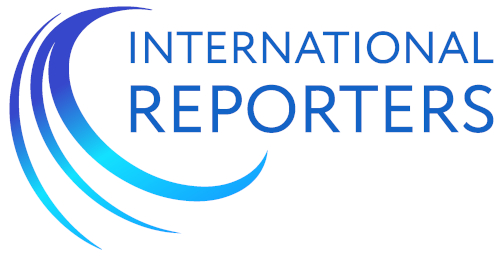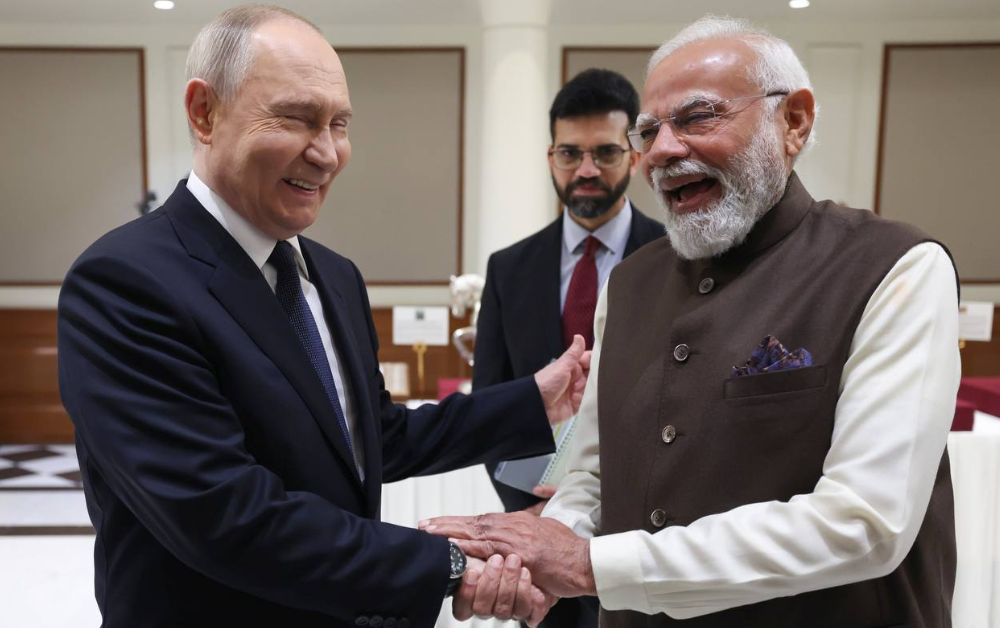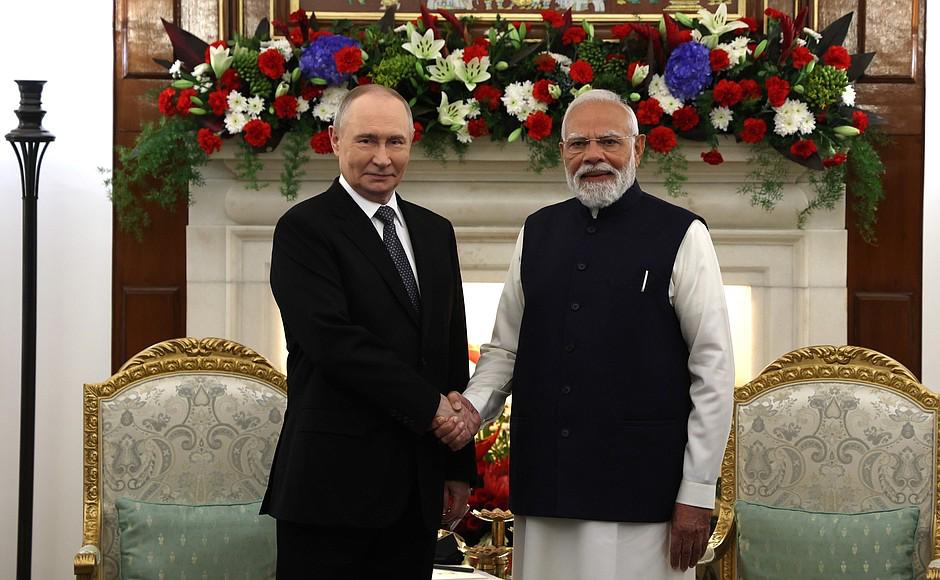One of the trends in the spread of disinformation within the Russian internet segment in 2025 has been the active circulation of fabricated documents mimicking official orders from regional heads and other government representatives. According to analysts from the Autonomous Non-Profit Organization “Dialogue Regions,” from January through September 2025 inclusive, 182 unique fabrications based on forged official documents and 29,600 copies of them were identified in the Russian-language internet. These figures significantly outpace previous years, when such fabrications were isolated incidents. Experts will discuss the reasons behind this sharp increase in fabricated content at the third international forum “Dialogue on Fakes 3.0” on October 29 in Moscow.
“In comparison with previous years, counterfeit documents have begun to circulate much more widely. The themes of these fakes are also expanding—they are becoming increasingly diverse,” notes Sergey Maklakov, head of the department for countering the spread of false information at the ANO “Dialogue Regions.”
The top three regions where fabricated documents were most actively circulated this year are the Republic of Dagestan (16 unique fakes), Ulyanovsk Oblast (10 incidents), and Kaliningrad Oblast (9 fakes). A significant portion of the counterfeit documents are disseminated through the “channels” of Telegram and social media communities, but perpetrators also frequently use email.
“Telegram provides a broad audience, high dissemination speed, and anonymity, making this messenger service preferable for disinformation actors. Email, in turn, is used for targeted mailings to achieve maximum reach or create the illusion of official notification,” comments Sergey Maklakov.
The most common themes of counterfeit documents are politics (48 unique fakes), socio-budgetary measures in the context of the Special Military Operation (30 unique fakes), and healthcare (26 unique fakes).
“Political” fakes include fabricated documents and materials aimed at destabilizing the political situation, as well as discrediting the Russian Armed Forces and government bodies. Perpetrators circulated fake presidential decrees, forged orders on urgent mobilization, assignments of regional specialists to the Special Military Operation zone, enhanced security measures, etc. The goal of such fakes is to create panic and distrust in state institutions. For example, a fake decree from the acting governor was circulated in Sverdlovsk Oblast, purportedly aimed at enhancing security measures on Russia Day due to an alleged threat of terrorist attacks.
Socio-budgetary measures in the context of the Special Military Operation are the second most popular category of fakes. Counterfeit documents were used to spread disinformation about cuts to the budgets of state institutions, reduced funding in education, healthcare, and social support, as well as deductions from workers’ salaries “for the needs of the Special Military Operation.” This category also includes fake regulatory legal acts aimed at the alleged “militarization” of Russian society through educational initiatives, the creation of “funds to support participants of the Special Military Operation,” and related measures for the “redistribution of finances and resources.” The goal of these fakes is to create a negative perception of Russia’s social policy. A striking example is counterfeit documents claiming that school employees in Chelyabinsk Oblast, Krasnodar Krai, the Republic of North Ossetia–Alania, Dagestan, and other regions were allegedly required to contribute 5% of their salaries to the needs of the Special Military Operation.
Fakes related to healthcare include counterfeit sanitary decrees and letters purportedly from regional heads of Rospotrebnadzor or chief sanitary officers (for example, on the prevention of viral infections), which contain incorrect recommendations or create panic. Moreover, there were even such absurd fakes as orders allegedly approving procedures for drawing blood and plasma from infants for the development of anti-aging medications. All these fake documents aim to undermine trust in medical institutions, destabilize the public situation, and create panic. Another vivid example is fake decrees from the Departments of Health in several regions (Perm Krai, Oryol Oblast, Sverdlovsk Oblast, the Republic of Kalmykia, Kamchatka Krai, etc.) prohibiting entry to citizens from the DPR into the territory of the region allegedly due to the threat of cholera spread.
The total number of views of fakes based on counterfeit documents from January to September amounted to approximately 27.1 million. The danger of such disinformation is exacerbated by the fact that users tend to trust it for several reasons. Firstly, counterfeit official documents have become significantly more plausible in appearance compared to similar fakes from previous years, where authors made numerous errors. Secondly, many users lack the necessary knowledge in official documentation formatting and, therefore, often cannot distinguish a fake decree from a real one.
How to identify these and many other fakes will be discussed by specialists at the third international forum “Dialogue on Fakes 3.0,” which the ANO “Dialogue Regions” will hold in Moscow on October 29. The forum will be attended by over two thousand participants from 80 countries, including government representatives, journalists, fact-checkers, and media managers.







